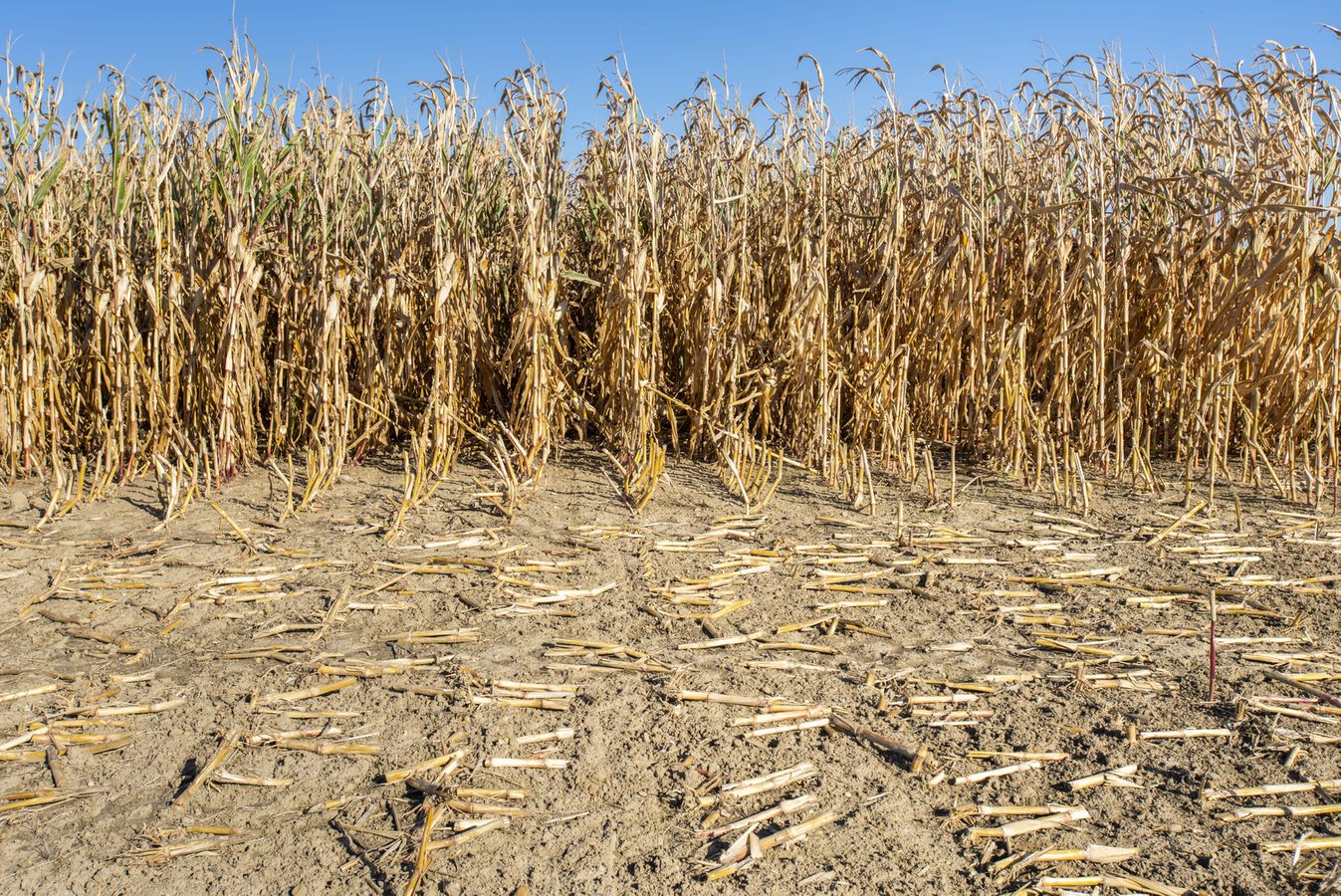According to a climate report presented by Bavarian Environment Minister Thorsten Glauber on Wednesday (24.02.21), the free state is threatened by major climate change if countermeasures are not consistently taken. Accordingly, the average temperature could rise by 4.8 degrees by the year 2100. This is 0.3 degrees higher than the previous forecast for 2015. The climate report assumes that hot days with at least 30 temperatures and cool nights are less frequent. Likewise from long droughts and frequent heavy rains. If the Paris climate agreement is successfully implemented around the world, experts expect an average increase of just over one degree by the end of the century.
Lower Franconia: Drought in the Bad Konigshofen Region
The rains in autumn and winter were not yet sufficient to replenish the aquifers in the deeper regions. This is what Leonhard Rosentret, head of the Bad Kissingen Office of Water Management in charge of the Lower Franconian region Maine Rhone, said at the request of the Bavarian Broadcasting Corporation. Rosentritt assumes that Bad Königshofen in the Rhön-Grabfeld region will again become a dry hotspot this year. There were temporary restrictions on spraying lawn in 2020. According to Rosentreet, the winter half of the year has been mixed so far. November was dry, but January and February were nicely wet. In the upper aquifers, partially precipitated precipitation has arrived. But in deep aquifers it does not. According to Rosentreet, the rainfall so far is “well below average in the long term. It should rain a lot.” In the past, the rule was that seven dry years were followed by seven wet years; This hasn’t been the case since 2003, according to Roscentret.
Groundwater levels are at a low level
Herbert Walter, head of the water management office in Aschaffenburg in charge of the Würzburg region and the Lower Bavarian region, wrote at the request of the Bavarian Broadcasting Corporation that groundwater levels are generally low due to several years of drought. Literally, Walter writes: “A medium or wet winter alone will not sustainably fill the aquifer.” Whether the water suppliers are having a tough time in their area of responsibility also depends on the structure of the water supply involved and the hydrology of the water resources used. For example, if the water supply depends on truly infrequent sources, bottlenecks are likely to occur in the supply. “The use of multiple independent sources or water provider networks greatly increases the security of the supply,” Walter said. “I see that the water providers in our area are in good shape. Thus, the observed droughts with water supply problems are unexpected.”

Communicator. Reader. Hipster-friendly introvert. General zombie specialist. Tv trailblazer

